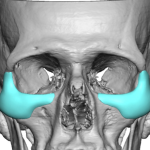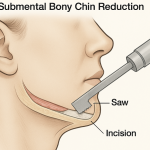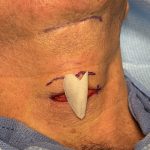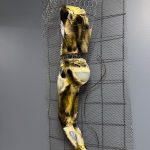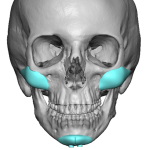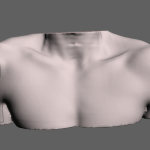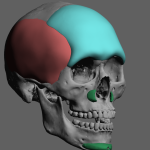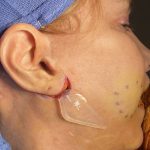Custom Jawline Implant Replacement for Sliding Genioplasty and Jaw Angle Implants Case Study
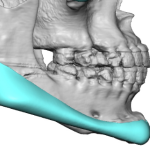
Introduction A custom jawline implant is a fully individualized implant designed to enhance the definition, symmetry, and overall contour of the jawline. Unlike standard chin or jaw-angle implants, a custom jawline implant is created specifically for the patient’s bone structure, aesthetic goals, and facial proportions. Extending from angle to angle, it can provide: Stronger, more Read More…



